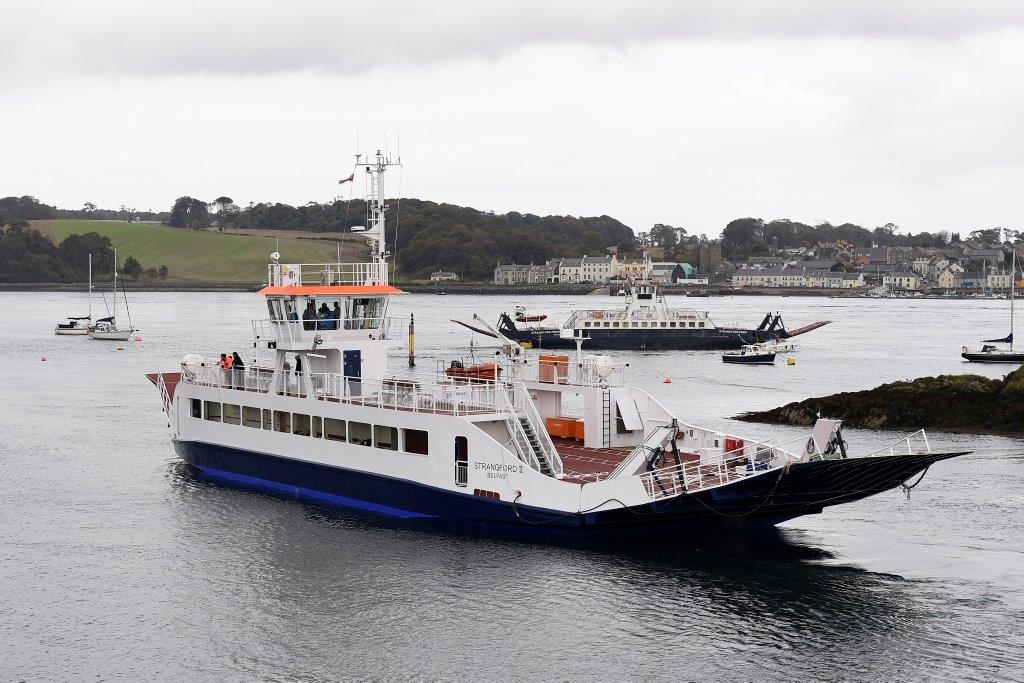Overview
Construction
STRANGFORD II was built in 2016 by Merseyside’s Cammell Laird to a design by BCTQ for the Northern Ireland Department of Regional Development (Now Department of Infrastructure). She replaces the elderly car and passenger ferry STRANGFORD FERRY as well as the backup passenger ferry MV RACHLYN.
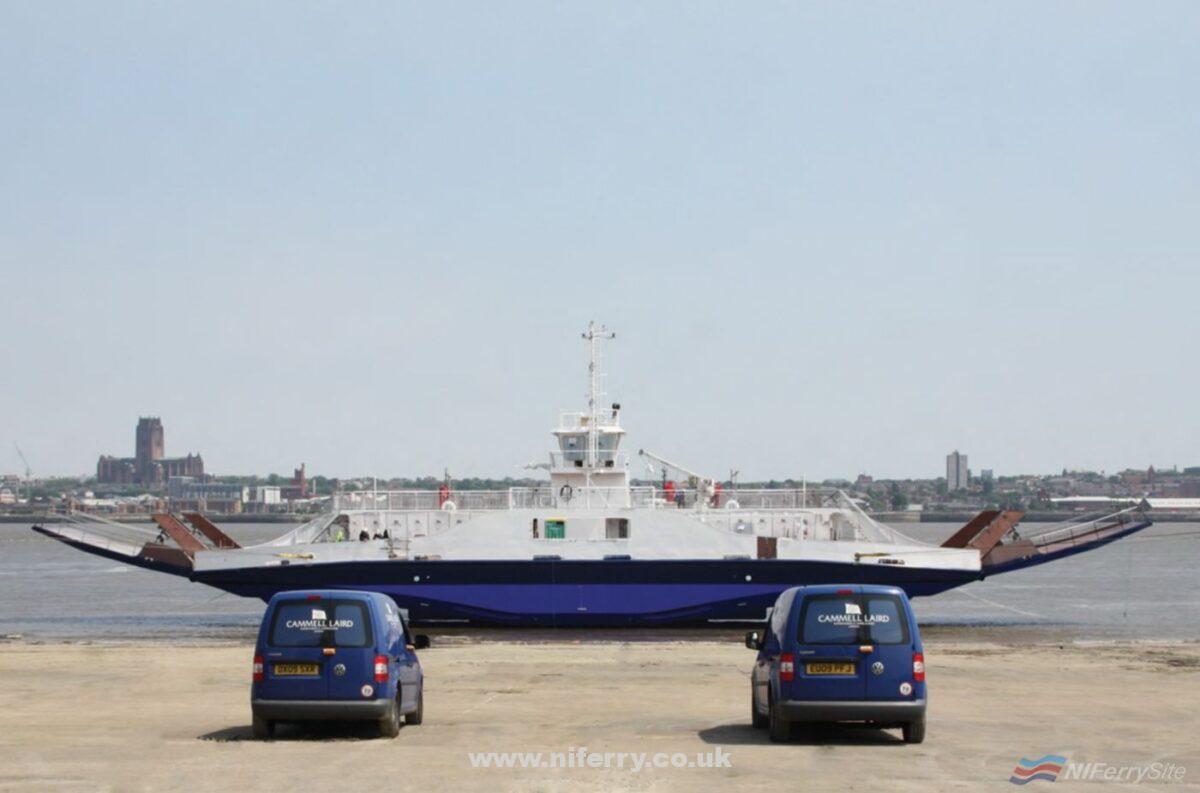
STRANGFORD II is an updated version of PORTAFERRY II II, a vessel that was also specifically built for the 0.6 nautical mile crossing between Strangford and Portaferry in County Down. STRANGFORD II is the 3rd car ferry built specifically for the service, with the ship she replaces, STRANGFORD FERRY, the first.

Timelapse video of Strangford II under construction. Cammell Laird.
Improvements
The design of STRANGFORD II incorporates improvements to access for those with impaired mobility, reduced noise levels both in operation and when lowering the ramps, and reduced emissions levels compliant with existing and future emissions regulations under MARPOL Annex VI for the control of NOx and SOx. Unlike PORTAFERRY II the new vessel does not have a traditional funnel. Instead, she uses a wet exhaust system at the waterline in order to reduce airborne particulate emissions. This also has the effect of reducing noise transmission from the exhausts when compared to a traditional funnel. Additionally, the engines are all equipped with dry exhaust gas silencers to reduce airborne noise, and resilient engine mountings to reduce the transmission of engine vibrations through the structure.

The Cummins diesel engines use SCR (Selective Catalytic Reduction ) which further reduces emissions by injecting a controlled level of urea solution into the exhaust output, effectively converting NOx (nitrogen oxide) into harmless nitrogen and water. SCR is a popular method of reducing emissions in industrial applications and heavy road vehicles, and is becoming increasingly common in marine applications. A number of changes have also been made to the accommodation and wheelhouse onboard the vessel compared to her part-sister in response to feedback, particularly from crew. Other changes include relocating the rescue boat carried onboard, and changing the vehicle deck barriers to manually operated side swinging gates from the vertically swinging barriers on PORTAFERRY II.
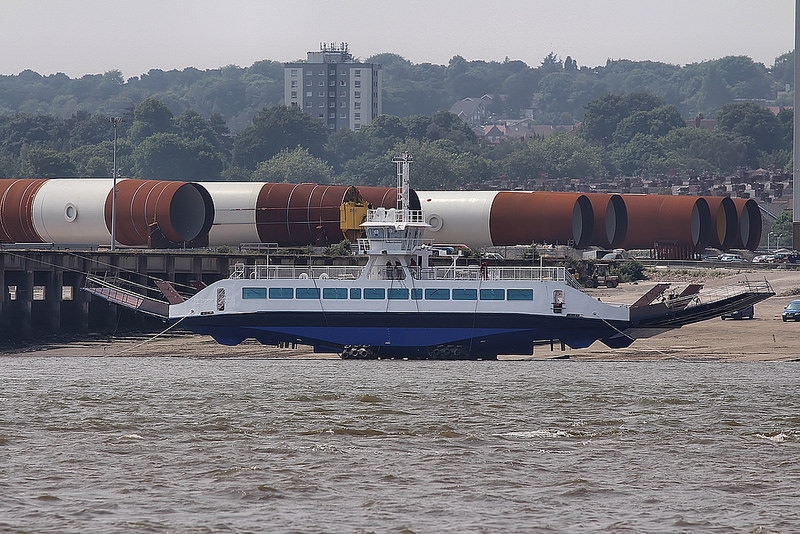
Entry into service
It had originally been intended that STRANGFORD II would enter service towards the end of 2016, but problems with loading and unloading vehicles at high tide (the tidal range in Strangford Lough is some 3m) were identified during trials. As a result her entry into service was delayed, until February 2017, so that modifications could be made to rectify these problems. In anticipation of the entry into service of the new ferry, a £750,000 upgrade to the slipway and moorings at Strangford had already been undertaken.
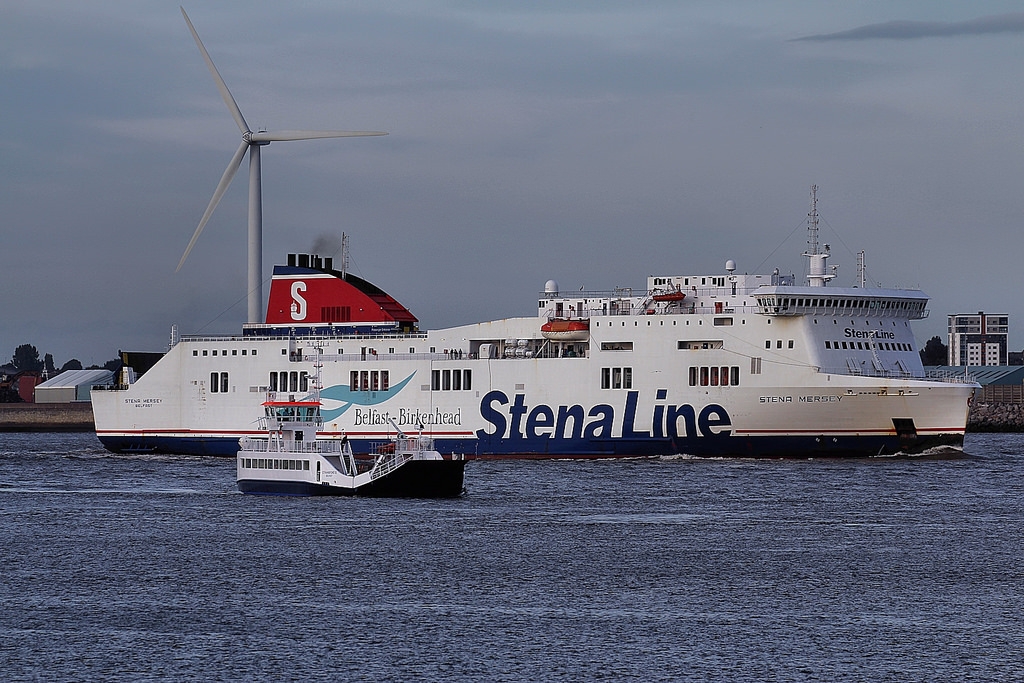
Like PORTAFERRY II and STRANGFORD FERRY, the new vessel is powered by a Voith Schneider propulsion system rather than conventional screw propellers. The two Voith Schneider propellers are each driven by one of the latest generation of Cummins QSK diesel engines. The use of a special keg design at both ends of the hull allows the vessel to approach the slip to lower it ramp without grounding, and also protects the propulsion units.
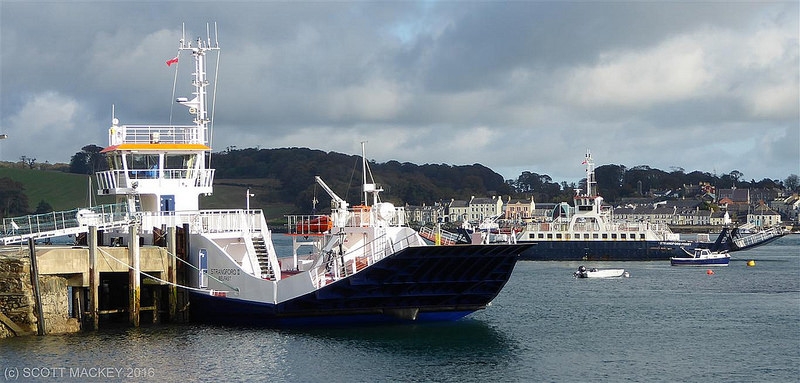
The introduction of STRANGFORD II means that for the first time the service will be able to carry HGV’s over 7.5 tons year round, as MV STRANGFORD had a 7.5 ton weight restriction. Both STRANGFORD II and PORTAFERRY II operate the crossing throughout the year, with the ship not operating acting as a backup vessel or undergoing maintenance as is customary on the service. Between them the vessels will continue to operate in excess of 22,000 crossings per year, 16 hours a day, 364 days a year.
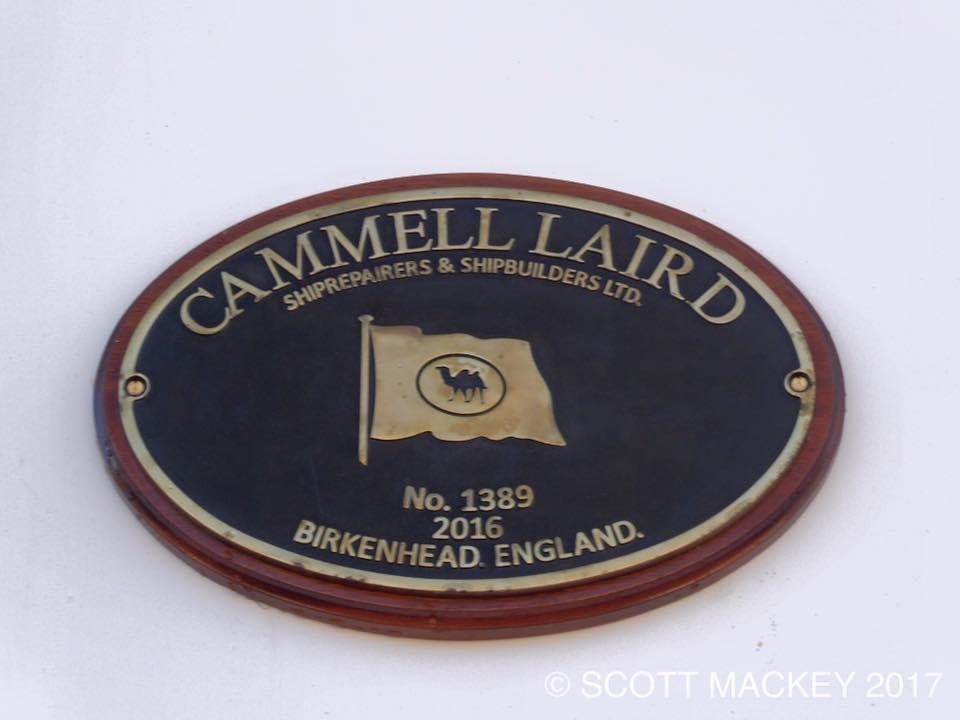
Layout
The DFI have made a general arrangement plan of Strangford II available for download here
Technical Data
| Name |
STRANGFORD II |
|---|---|
| IMO Number |
9771561 |
| Building Yard |
|
| Naval Architect |
A G Salmon & Co |
| Marine Consultant |
Burness Corlett Three Quays (BCTQ) |
| Hull Number |
1389 |
| Launched |
June 8th 2016 |
| Completed |
October 7th 2016 |
| Construction cost |
£6.2m |
| Classification |
Lloyds Register of Shipping |
| Owner |
NI Department for Infrastructure (UK Government) |
| Operator (current) |
Strangford Lough Ferry Service |
| In service |
2nd February 2017 |
| Call sign (Present) |
MACG7 |
| Length overall (incl ramps extended) |
63.5m |
| Length (hull) |
40.5m |
| Beam (moulded) |
14.6m |
| Draught |
1.95m |
| Gross Tonnage |
405 |
| Machinery |
|
| Service speed |
8kts (max speed 10.75kts) |
| Capacity |
|
| Crew |
6 |
| Vehicle deck configuration |
Single deck accessed by a ramp at either end. Double-ended ferry. |
| Onboard Facilities in use |
|
| Flag (Current) |
|
Additional media
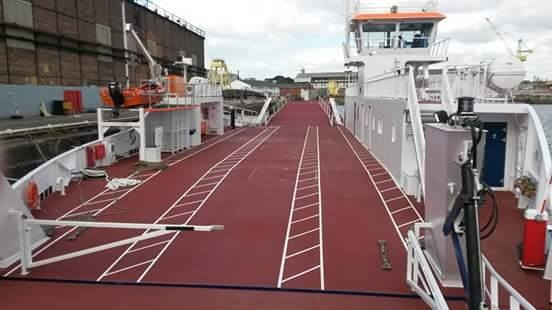
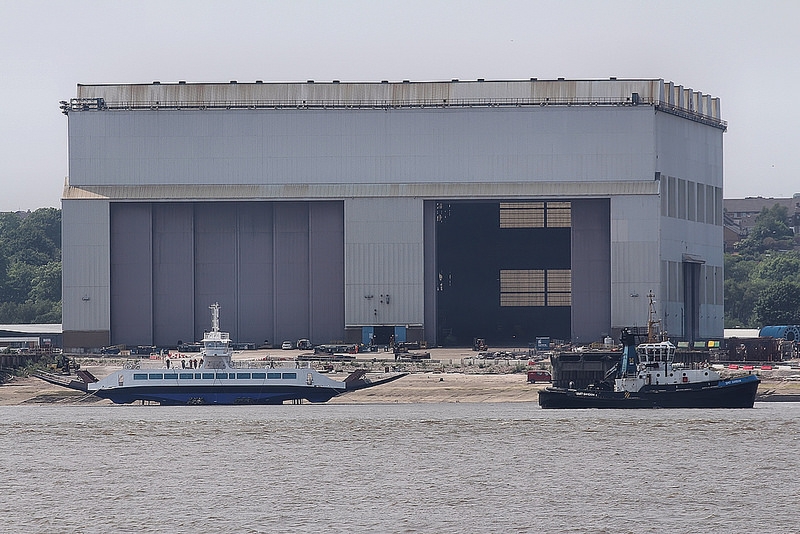
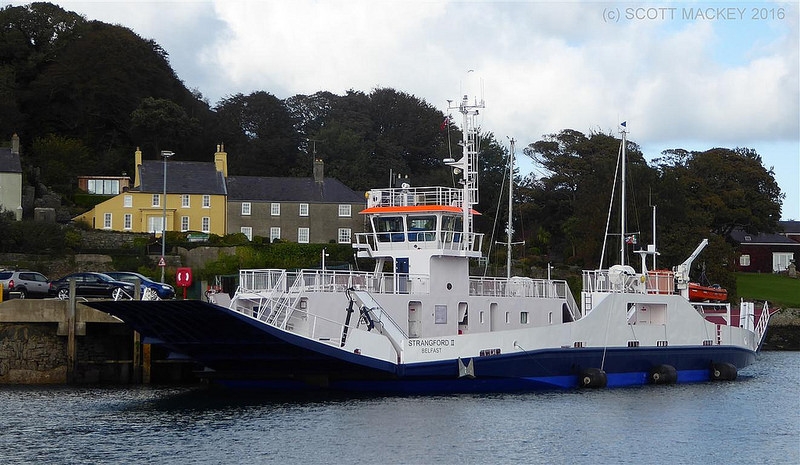
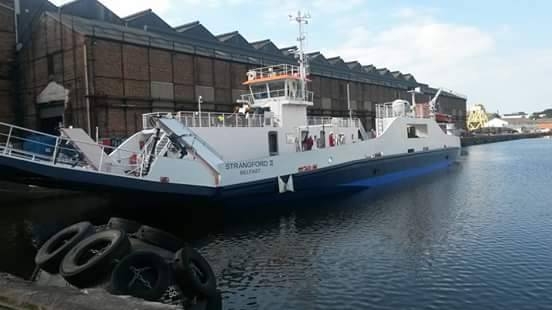
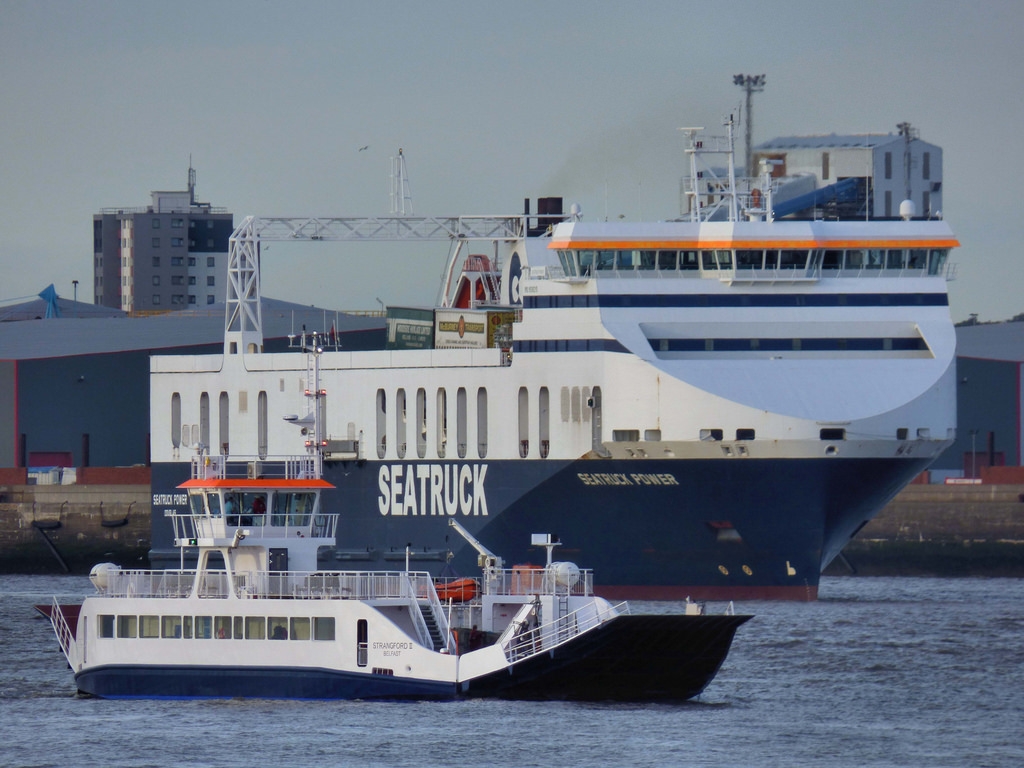
Article Copyright © Steven Tarbox 2016-2017. With thanks to Michael Murray and Tim Tew at the DRD/DFI, Scott Mackey, and Andy at Das Boot photography for their help in compiling this page.
